Why does my Panasonic Heat Pump system not heat up instantly?
- BBradley MurrayAug 8, 2025
The system may take some time to heat up the water if it starts operating at a cold water temperature.
Why does my Panasonic Heat Pump system not heat up instantly?
The system may take some time to heat up the water if it starts operating at a cold water temperature.
Why is my Panasonic WH-ADC0309K3E5AN system hard to heat up?
When the panel and the floor are heated simultaneously, the warm water temperature may decrease, which may reduce the heating ability of the system. Also, when the outdoor air temperature is low or the preset water outlet temperature is low, the system may need a longer time to heat up. Check that the discharge outlet or intake inlet in the outdoor unit is not blocked by any obstacle, such as a pile of snow.
Why does my Panasonic WH-ADC0309K3E5AN Heat Pump operation start automatically when the timer is not set?
If the timer is not set but the operation starts automatically, it is because the sterilization timer has been set.
Why is my Panasonic Heat Pump making a loud refrigerant noise?
Loud refrigerant noise that continues for several minutes is caused by protection control during de-ice operation when the outdoor ambient temperature is lower than -10 °C.
Why does my Panasonic WH-ADC0309K3E5AN outdoor unit not operate?
The outdoor unit may not operate because of the protection control of the system when the outdoor temperature is out of the operating range.
Why is the backup heater automatically turned ON in my Panasonic WH-ADC0309K3E5AN Heat Pump when it is disabled?
The backup heater automatically turns on due to the protection control of the indoor unit heat exchanger.
General safety warnings for units.
Guidelines for safe electrical connections.
Safety measures for R32 refrigerant.
Requirements for refrigerant systems and personnel.
Safety for installation and servicing.
Safety protocols for work, ignition sources, ventilation.
Checks for equipment and avoiding ignition sources.
Safety for electrical devices and components.
Safety for components, cabling, and leak detection.
Procedures for refrigerant removal, charging, and evacuation.
Procedures for decommissioning and labelling equipment.
Guidelines for safe refrigerant recovery.
Detailed setup for bivalent connection.
Analyzing symptoms and performing basic checks.
A list of error codes and their explanations.
General safety warnings for units.
Guidelines for safe electrical connections.
Safety measures for R32 refrigerant.
Requirements for refrigerant systems and personnel.
Safety for installation and servicing.
Safety protocols for work, ignition sources, ventilation.
Checks for equipment and avoiding ignition sources.
Safety for electrical devices and components.
Safety for components, cabling, and leak detection.
Procedures for refrigerant removal, charging, and evacuation.
Procedures for decommissioning and labelling equipment.
Guidelines for safe refrigerant recovery.
Detailed setup for bivalent connection.
Analyzing symptoms and performing basic checks.
A list of error codes and their explanations.
| Model | WH-ADC0309K3E5AN |
|---|---|
| Refrigerant | R32 |
| Category | Heat Pump |
| Heating Capacity | 9.0 kW |
| Power Supply | 230 V |
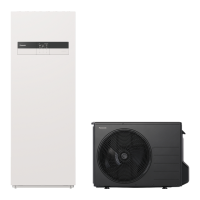
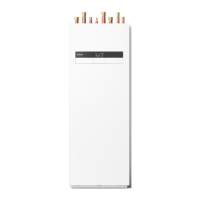

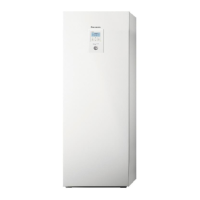
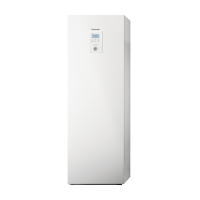


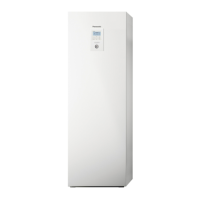
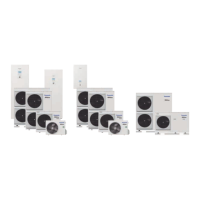

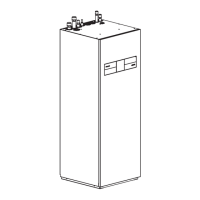
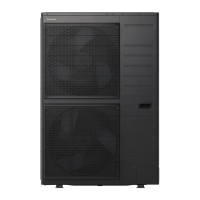
